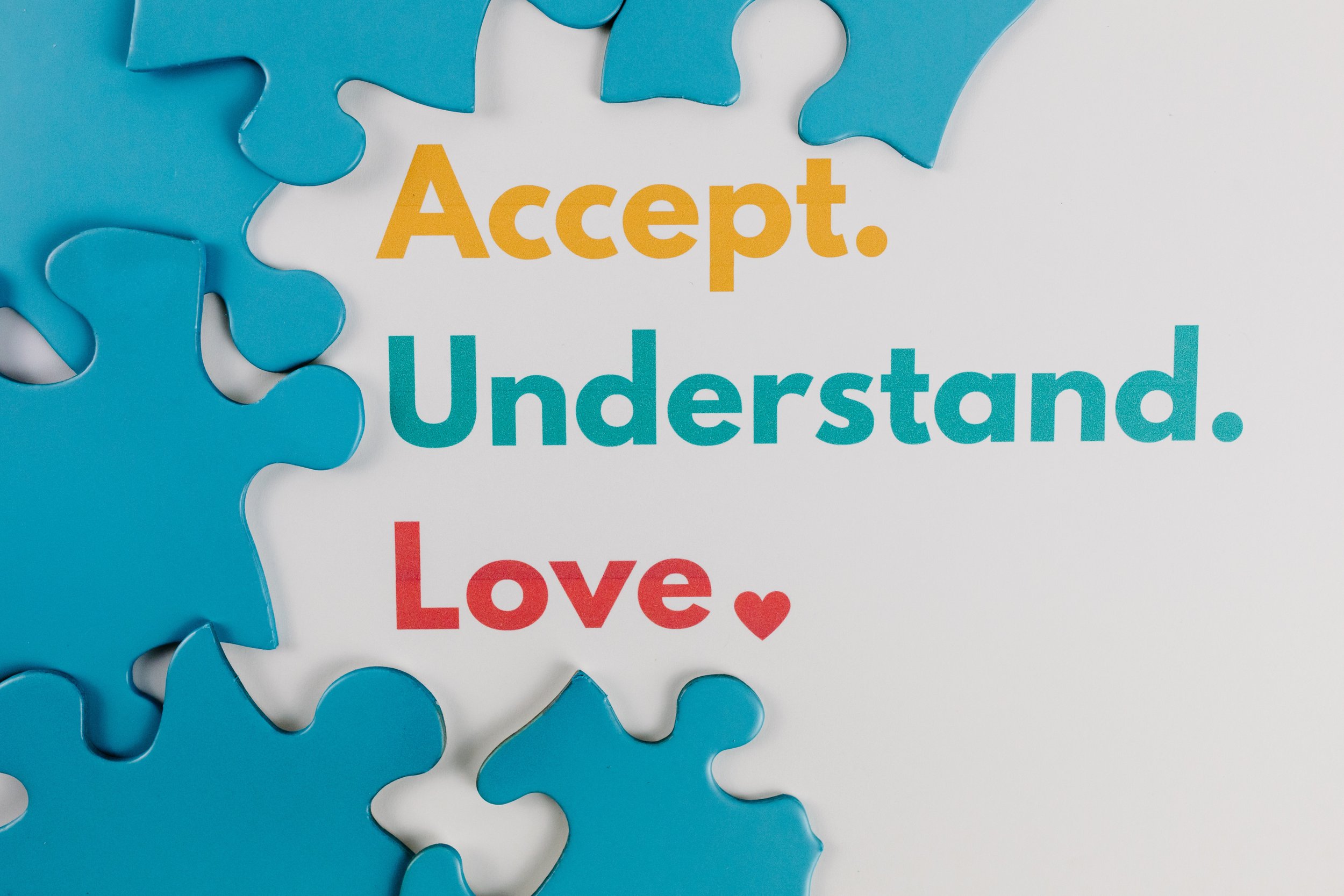Understanding the Spectrum: A Deep Dive into Neurodiversity
In an ever-evolving world, understanding the complexities of the human mind remains an exciting and crucial endeavour. One concept that has revolutionized our perception of cognitive differences is neurodiversity. The term, coined by the autism community in the 1990s, encompasses a vast spectrum of neurological conditions, including Autism Spectrum Disorder (ASD), Attention-Deficit/Hyperactivity Disorder (ADHD), Dyslexia, and many more. These are not diseases or disorders to be cured but simply alternate ways of processing and interacting with the world.
It is imperative to understand and embrace neurodiversity, as it fundamentally shapes our societies, classrooms, workplaces, and homes. Comprehending the spectrum of neurodivergence doesn't just benefit those who are neurodivergent; it fosters empathy, inclusivity, and acceptance among neurotypical individuals—those whose neurological development and functioning are generally considered to fall within societal norms.
In this blog post, our journey will take us deep into the heart of the neurodiverse spectrum. We will demystify common neurodivergent conditions, including ASD and ADHD, shedding light on their definitions, symptoms, and the unique differences between them. This exploration is not designed to highlight deficits but to celebrate the distinctiveness, strengths, and abilities that accompany these conditions.
In the latter part of this post, we will highlight the positive side of neurodivergence, looking into the unique skills, creativity, and contributions of neurodivergent individuals to our society. We will also discuss ways to support and empower neurodivergent friends, family members, students, or coworkers, reinforcing the idea that understanding and acceptance are the first steps towards a more inclusive society.
Join us on this enlightening journey to appreciate the beauty of diverse minds and broaden our perspectives about the neurodiverse world we live in.
On the Spectrum – What Does It Mean?
When we talk about 'being on the spectrum,' we refer to a range of conditions that fall under the broad umbrella of neurodiversity. These conditions are typically characterized by differences in how individuals think, learn, and process information. Being on the spectrum most commonly references Autism Spectrum Disorder (ASD), which itself encompasses a variety of experiences and diagnostic categories, including what was previously diagnosed as Asperger's Syndrome.
However, it's essential to understand that the term 'spectrum' embodies the idea of a continuum, rather than fixed categories. ASD is often described as a spectrum because it can include a wide range of symptoms and levels of impairment or disability that can vary greatly from person to person.
Moreover, we should clarify that the umbrella of neurodiversity extends beyond ASD and encompasses other conditions characterized by differences in brain function. This broader perspective includes conditions such as ADHD, dyslexia, and dyspraxia. While not typically classified as 'being on the spectrum' in the same way ASD is, they share the core concept of neurodiversity: the idea that neurological differences are valued and recognized as a natural part of human variation.
In this blog post, we will primarily focus on 'being on the spectrum' with a specific reference to ASD, recognizing the unique experiences, challenges, and strengths of individuals with these diagnoses. But remember, understanding neurodiversity as a whole encourages us to appreciate and respect all the different ways human brains can work and process information.
Common Neurodivergent Conditions
Autism Spectrum Disorder (ASD)
Autism Spectrum Disorder (ASD) is a complex neurological and developmental disorder that affects how a person perceives and interacts with the world around them. The word 'spectrum' in ASD refers to the wide range of symptoms and severities it can encompass.
Individuals with ASD often experience differences in social interaction, and communication, and exhibit repetitive behaviours or specific intense interests. Some might face challenges with sensory processing, meaning they could be hypersensitive or under-sensitive to certain sensory stimuli.
It's essential to note that ASD is not a linear spectrum ranging from 'mild' to 'severe.' Instead, it's a multi-dimensional spectrum, with variations in every aspect. For example, a person might have significant challenges in social interaction but have a less noticeable difference in other areas, such as restricted interests.
Moreover, within the ASD umbrella, there are various diagnostic categories that were previously distinct. These include what was once known as Asperger's Syndrome, a condition characterized by difficulties in social interaction and nonverbal communication, alongside restricted and repetitive patterns of behaviour and interests.
Attention-Deficit/Hyperactivity Disorder (ADHD)
Attention-Deficit/Hyperactivity Disorder (ADHD) is a neurodevelopmental disorder that affects both children and adults. Individuals with ADHD often have trouble with attention, impulse control, and hyperactivity. These characteristics can affect many aspects of life, including school, work, and relationships.
The DSM-5 recognizes three types of ADHD: predominantly inattentive presentation, predominantly hyperactive/impulsive presentation, and combined presentation. Each type has specific symptoms and can manifest differently in different individuals. The "predominantly inattentive" type is what was previously referred to as ADD (Attention Deficit Disorder).
ADHD and ASD can overlap in symptoms and are sometimes co-occurring, meaning a person can be diagnosed with both. While they are different conditions, understanding the interplay between them can be helpful for support and treatment.
Dyslexia
Dyslexia is a learning disorder that involves difficulty reading due to problems identifying speech sounds and learning how they relate to letters and words, a condition often referred to as decoding. It's characterized by difficulties with accurate or fluent word recognition, poor spelling abilities, and hindering reading comprehension. Importantly, dyslexia is not a reflection of a person's intelligence; indeed, those with dyslexia often have average or above-average intelligence.
Dyspraxia
Dyspraxia, also known as Developmental Coordination Disorder (DCD), affects motor skill development. People with this condition have trouble planning and performing tasks that require fine motor skills, such as writing, buttoning a shirt, or tying shoelaces. Dyspraxia may also impact speech, coordination, and spatial awareness. Like other neurodivergent conditions, it's not linked to a person's intelligence and can affect people of all intellectual abilities.
Neurodiversity - Not a Deficit but a Different Way of Being
The Power of Different Thinking Styles
The neurodiversity paradigm celebrates the various ways neurodivergent individuals process and interpret the world. With ASD, for example, individuals often have remarkable attention to detail and a unique approach to problem-solving. They may perceive patterns, nuances, or perspectives that others overlook, fostering innovative and creative solutions.
Similarly, those with ADHD often show high levels of creativity and can make connections between seemingly unrelated concepts, contributing to their out-of-the-box thinking. Such divergent thinking can inspire novel ideas and inventions, thereby enriching our shared human experience.
Individuals with dyslexia, while they might struggle with traditional reading and writing, often exhibit sophisticated narrative skills and excel in visual thinking, making them potential contributors to fields like design, engineering, and visual arts.
Those with dyspraxia can develop notable resilience and problem-solving skills. They might demonstrate enhanced empathy and a profound ability to think in the abstract, making them potentially excellent leaders, teachers, and advocates.
Embracing Unique Perspectives
In every neurodivergent condition lies a unique perspective. A person with ASD may experience the world with heightened sensitivity to sensory stimuli, fostering a profound appreciation for details, patterns, and textures that others may miss. Individuals with ADHD often experience a constant stream of ideas and thoughts, leading to a zest for exploration and discovery.
Seeing Beyond Labels
Understanding these unique abilities and thinking styles emphasizes the importance of looking beyond the labels of neurodivergent conditions. Every individual, neurodivergent or not, has a unique set of strengths and challenges. By focusing on abilities instead of labels, we can better appreciate the extraordinary potential that lies within every person's unique neurology.
Neurodiversity - An Evolutionary Advantage
Neurodiversity is not a new phenomenon; it has been a part of the human experience since the beginning of our species. The different ways of thinking, problem-solving, and perceiving the world have given humans an evolutionary edge, allowing us to adapt and thrive in various environments and circumstances.
Recognizing and valuing these diverse ways of thinking and being can help us create a more inclusive and understanding society. It's not about seeing neurodivergent individuals as 'different,' but rather as integral threads in the tapestry of human diversity.
The Positive Impact of Neurodivergent Individuals and How to Support Them
Recognizing the Strengths of Neurodivergent Individuals
Neurodivergent individuals can and do make significant contributions across various fields, thanks to their unique perspectives and abilities. Some of the world's most innovative thinkers, creators, and leaders identify as neurodivergent, from inventors and entrepreneurs to artists and writers.
For instance, the intense focus and deep subject knowledge often associated with ASD can lead to groundbreaking work in specialized fields. The creative thinking and ceaseless energy of individuals with ADHD can be a catalyst for innovation and change. Dyslexics, with their visual and spatial strengths, can excel in design and architecture, while individuals with dyspraxia can become effective leaders and advocates due to their resilience and empathetic nature.
Advocating for Inclusion and Support
Recognizing these strengths is just the first step. We must actively foster environments—in schools, workplaces, and communities—that understand, support, and leverage these unique abilities.
This can involve implementing teaching methods that accommodate different learning styles, offering flexible work environments that take into account neurodivergent needs, and raising public awareness about neurodiversity to reduce stigma and foster understanding.
Embracing Neurodiversity in Our Society
Embracing neurodiversity benefits not only neurodivergent individuals but society as a whole. Neurodivergent individuals bring a richness of perspective and an array of strengths to our communities. By valuing and supporting neurodiversity, we foster a society that is more inclusive, diverse, and innovative.
Our society flourishes when we recognize that every mind is unique, valuable, and essential in its own right. Neurodivergent individuals should not be expected to conform to a narrow definition of 'normal.' Instead, we should celebrate and embrace the diversity of the human mind in all its forms.
Conclusion: Embracing the Spectrum
Understanding and embracing neurodiversity is not merely a question of acceptance or inclusion; it is a matter of appreciating the unique insights, skills, and perspectives that every person brings to the table. Neurodivergent conditions like ASD, ADHD, dyslexia, and dyspraxia are not disorders to be cured but different ways of being human, each with its own strengths and challenges.
Instead of seeing neurodiversity through the lens of deficit or deviation, we can choose to view it as a testament to the diversity and adaptability of the human mind. By celebrating and supporting these different ways of thinking and being, we can create a more inclusive society that values all individuals for who they are, rather than who they 'should' be.
In the world of neurodiversity, there is no one-size-fits-all approach. Every individual is unique, and each brings their own strengths, talents, and perspectives to our shared human experience. The sooner we understand and appreciate this, the sooner we can create a world that celebrates all the colours of the human spectrum.
Resources
1. Books
"NeuroTribes: The Legacy of Autism and the Future of Neurodiversity" by Steve Silberman: A landmark book that unfolds the history of autism and introduces the concept of neurodiversity.
"The Autistic Brain: Thinking Across the Spectrum" by Temple Grandin and Richard Panek: This book brings insights from the latest neurological research along with personal experiences to provide a deeper understanding of autism.
2. Online Resources
Mayo Clinic
National Institute of Mental Health (NIMH)
The Autistic Self Advocacy Network
The National Autistic Society
Autism Speaks
CHADD - The National Resource on ADHD
ADDA - Adult ADHD
Understood - For learning and thinking differences
The International Dyslexia Association
The Yale Center for Dyslexia & Creativity
The British Dyslexia Association
The Dyspraxia Foundation
The National Center for Learning Disabilities
The Neurodiversity Project
The Asperger / Autism Network (AANE)
3. Academic and Scholarly Resources
PubMed: This is a free search engine offering access to the MEDLINE database of references and abstracts on life sciences and biomedical topics.
Google Scholar: Another useful resource for finding scholarly literature like articles, theses, books, conference papers, and more from various academic domains.






